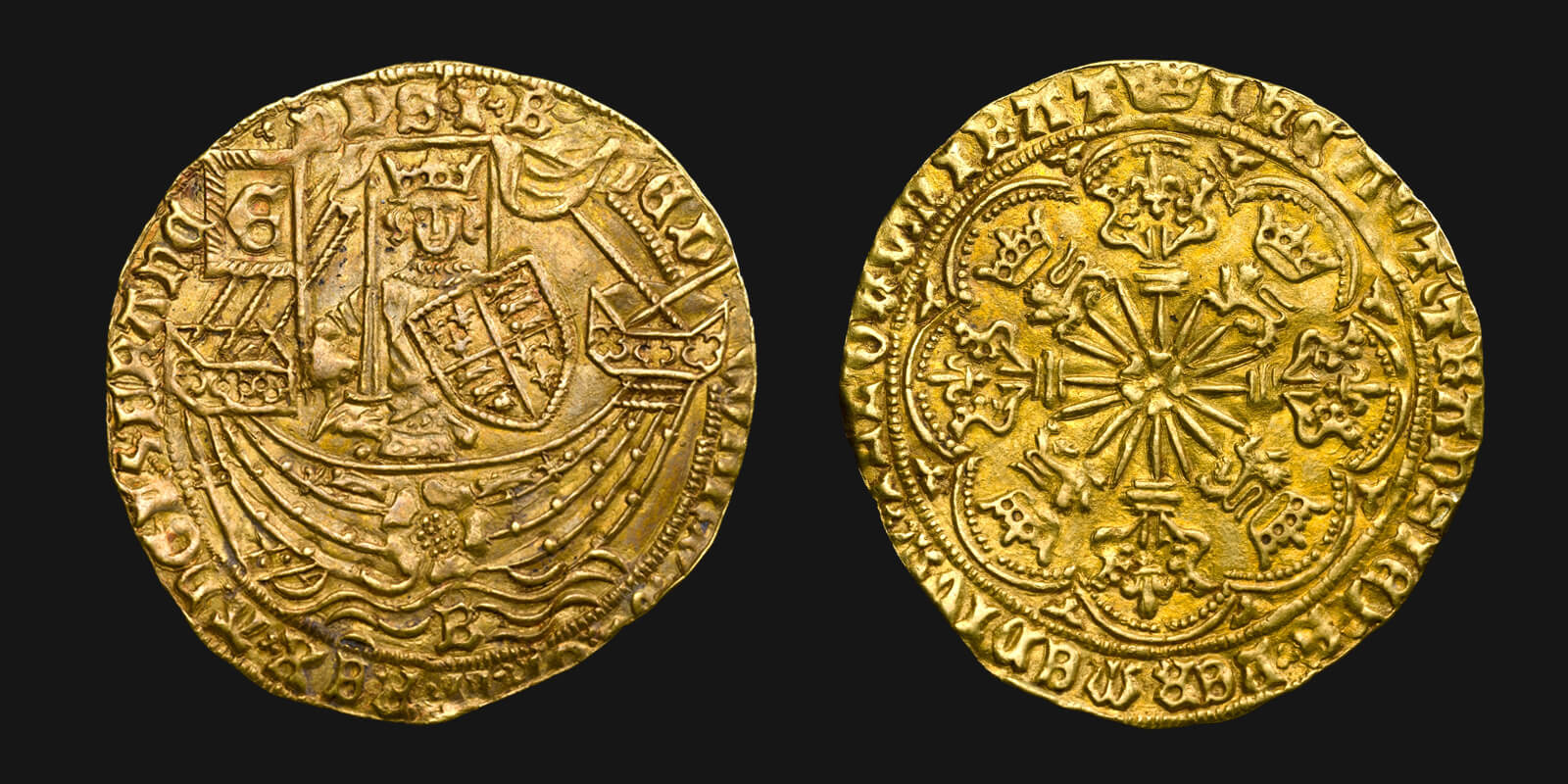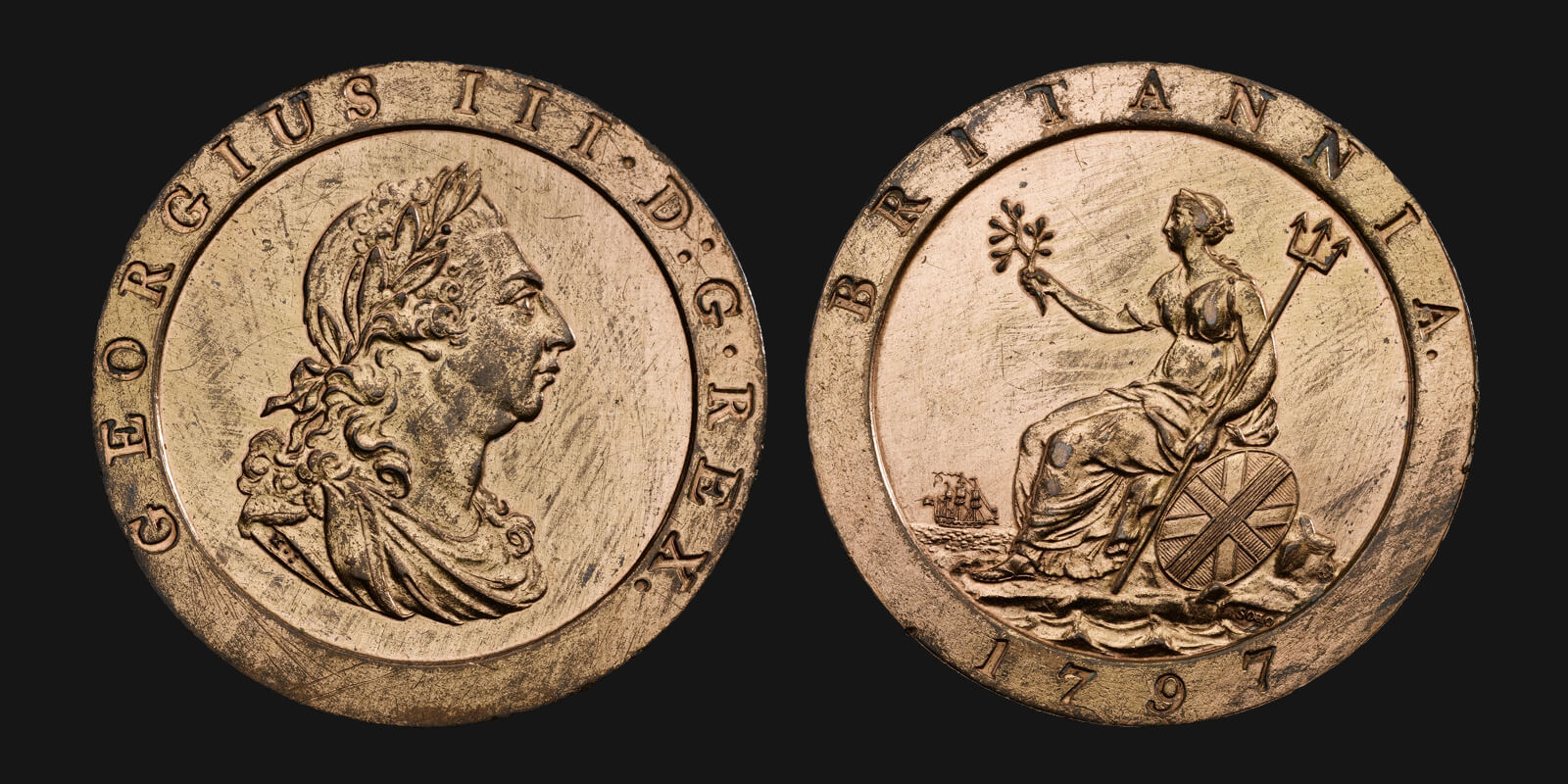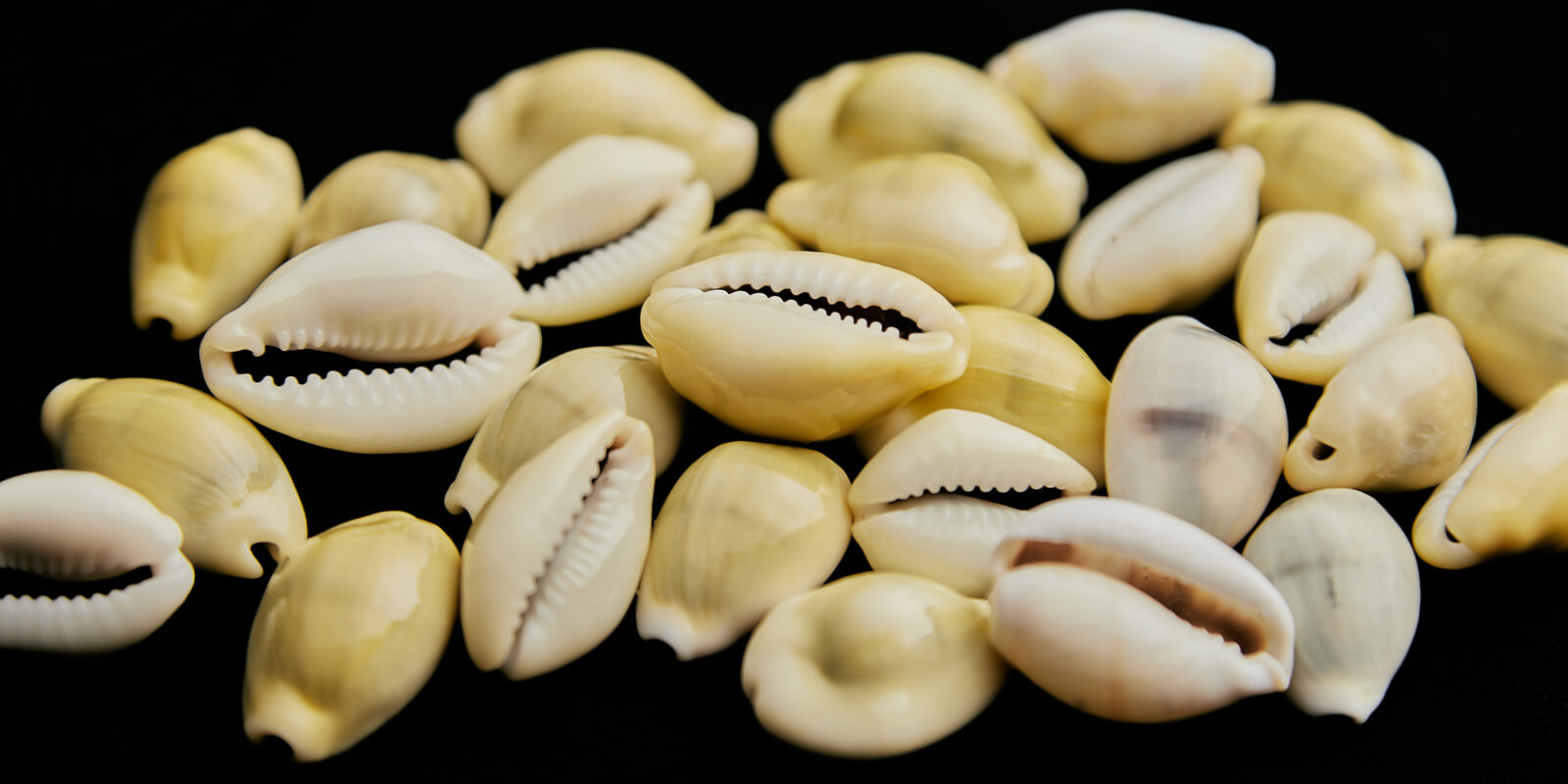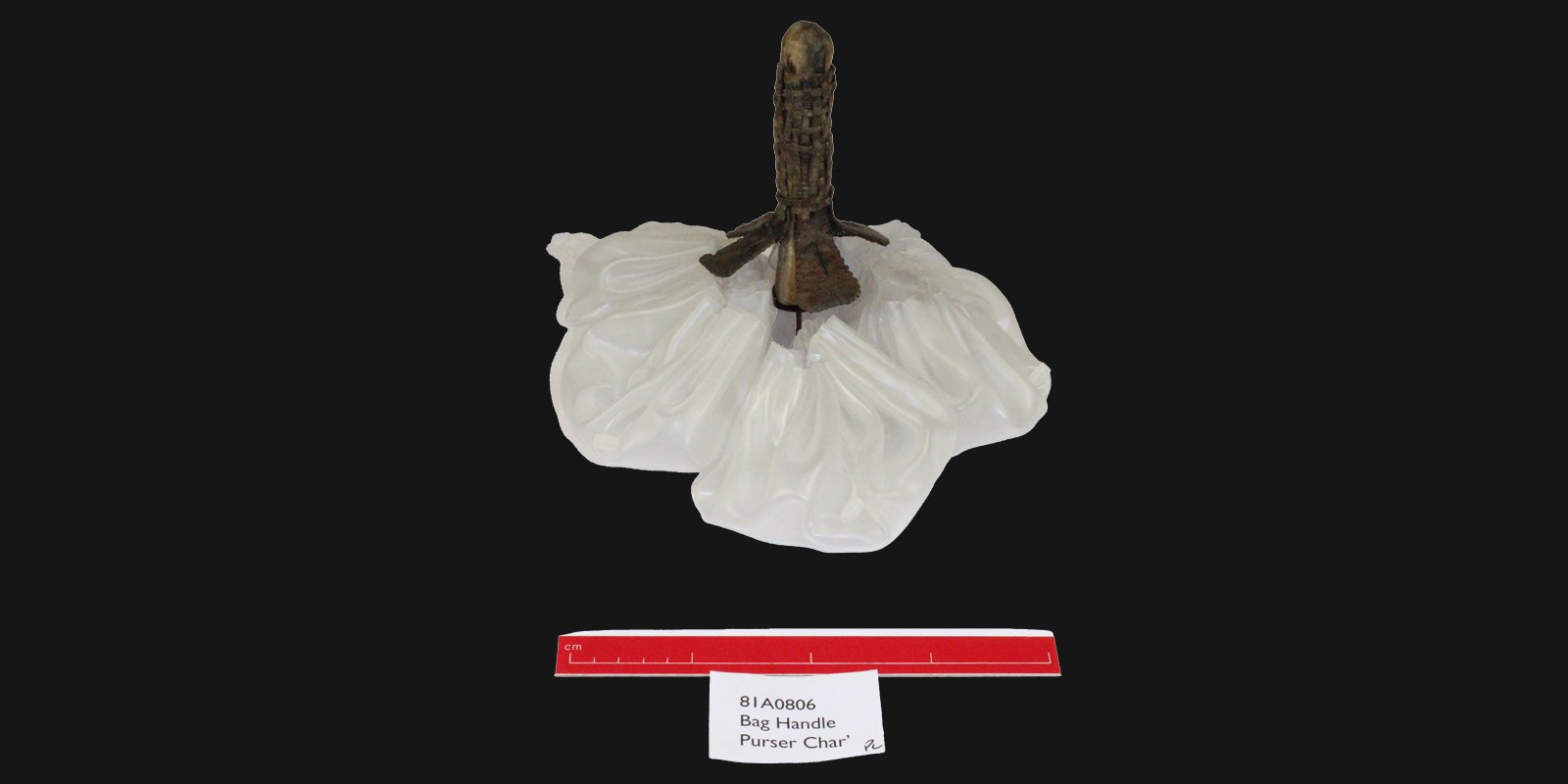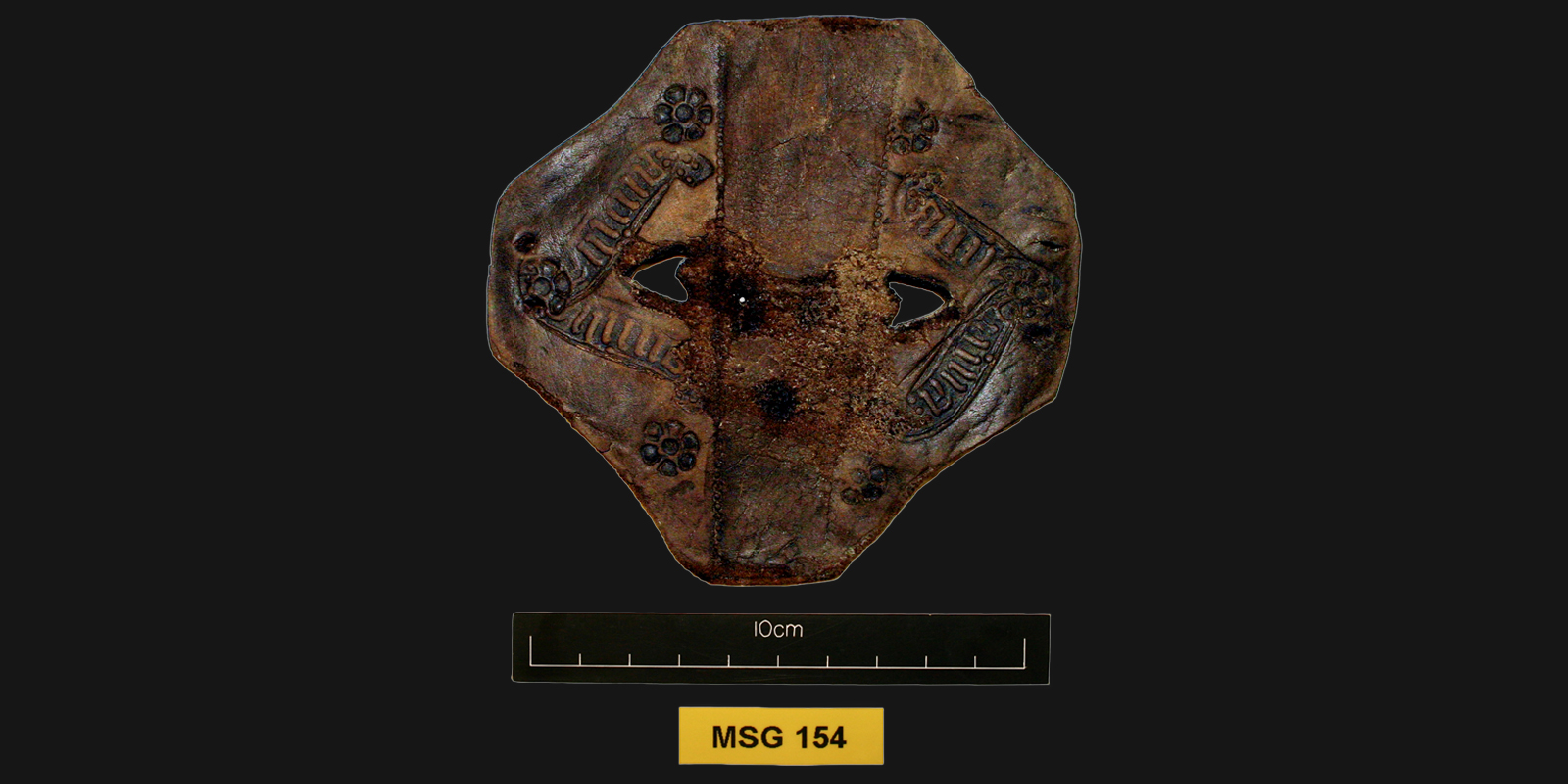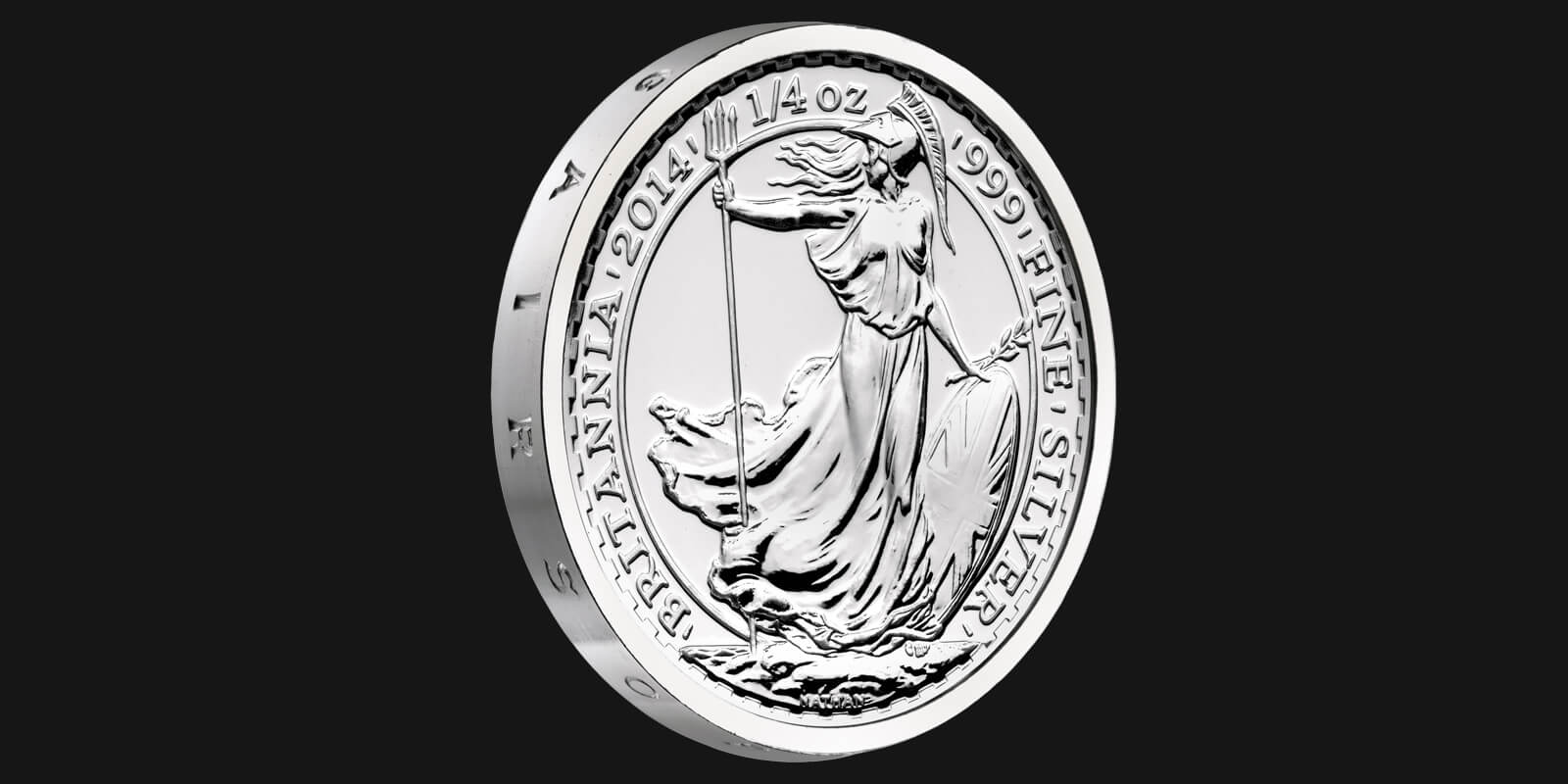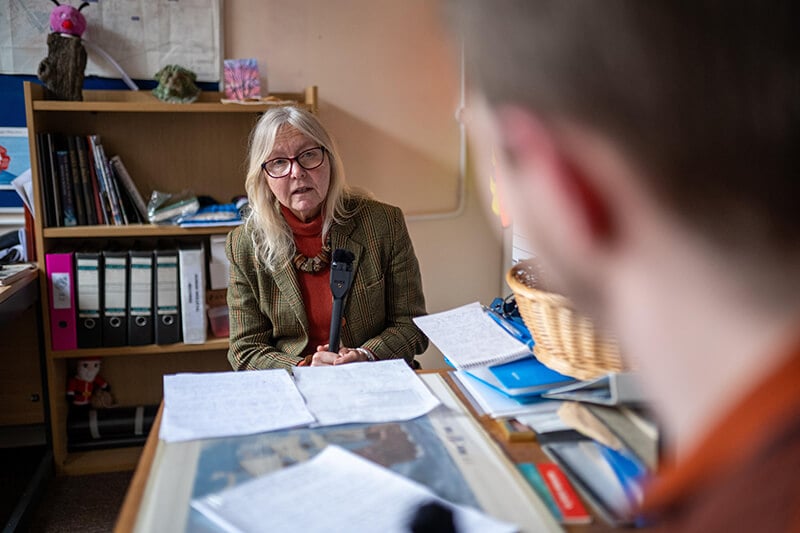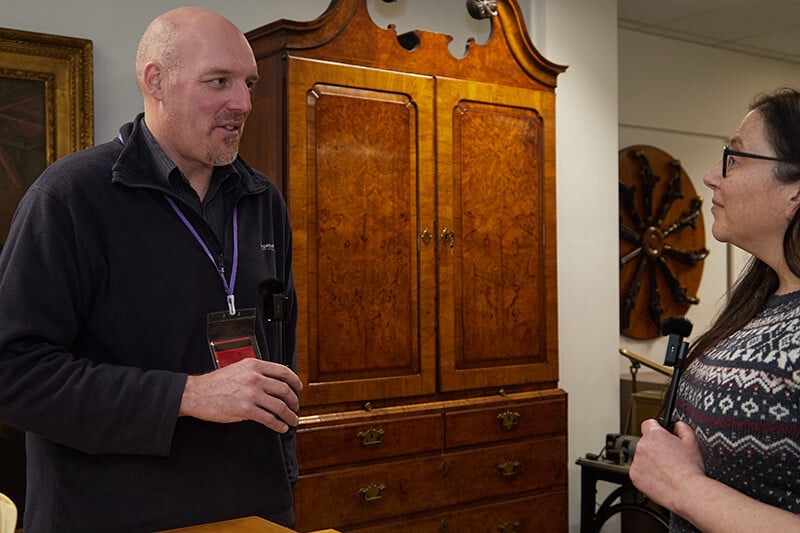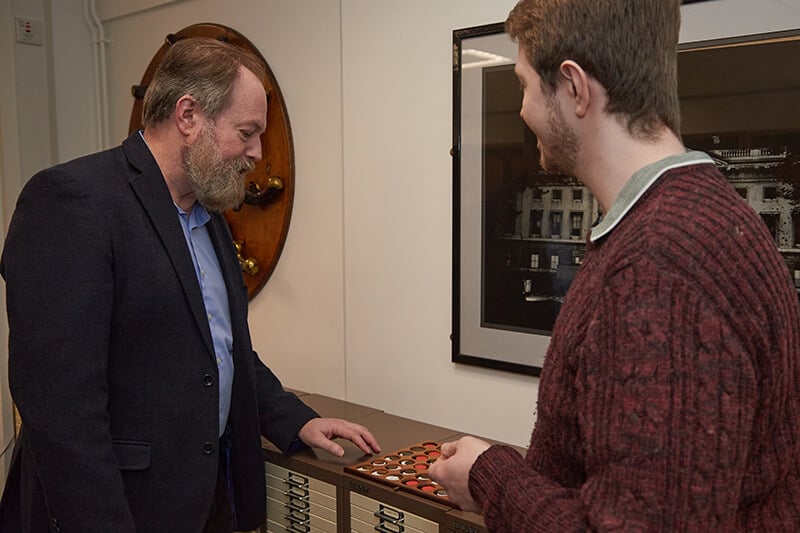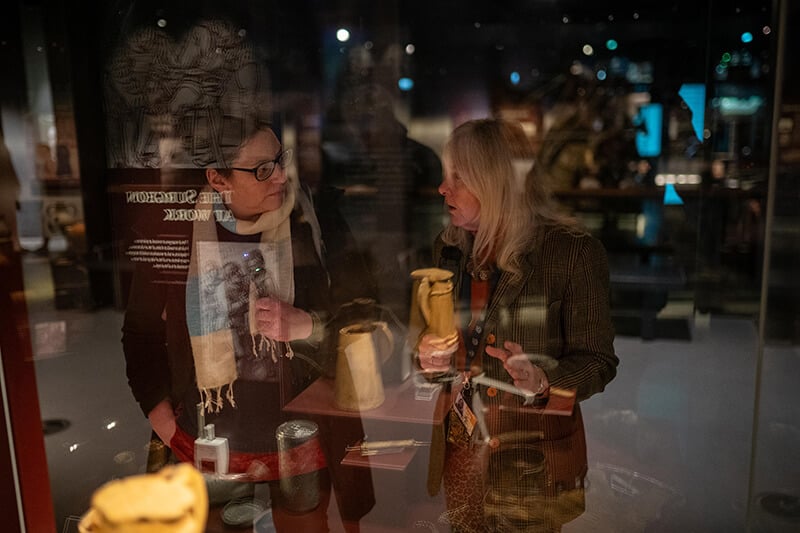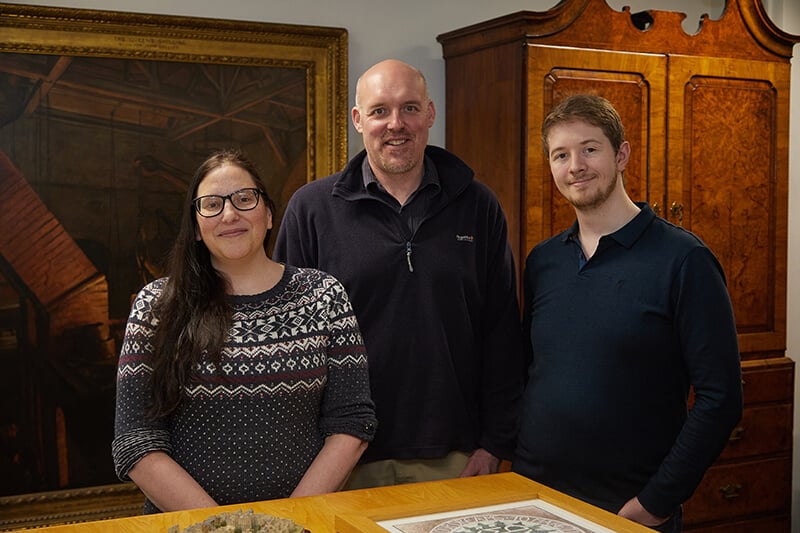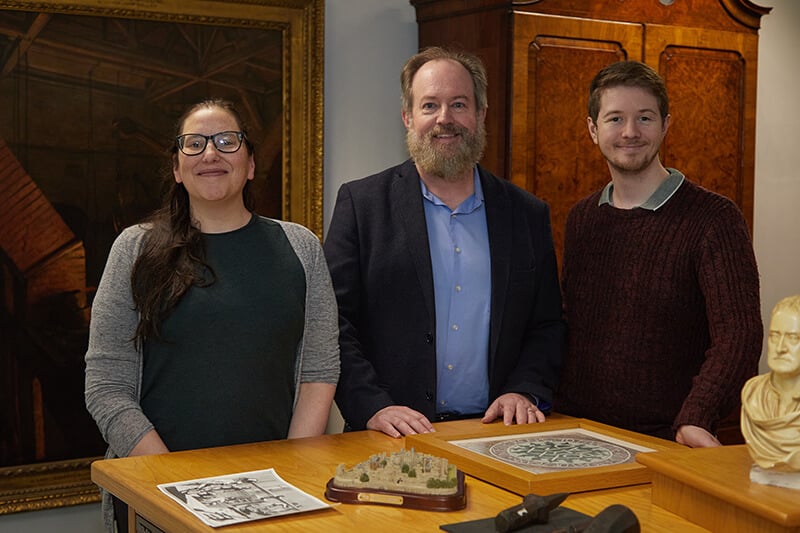What happens to coins in sea water?
Like all items exposed to sea water, coins will corrode after sufficient exposure time. Think of the sea as a kind of chemical soup, which is largely made up of water, salts and a small percentage of organic material. When a coin falls into this mixture it will react with these chemical ‘ingredients’ around it and can easily breakdown through a process called corrosion. Factors such as the temperature of the sea water will make a difference to how the coins react. Warm water is generally saltier than cold water this means chemical reactions happen faster or more frequently. Some areas of the sea are also ‘anoxic’ or very low in oxygen. As oxygen is needed for a lot of the chemical reactions we see when metals rust and degrade, coins that fall into anoxic environments can be very well preserved.
Do different metals react to sea water in different ways?
Some metals are more reactive than others and will corrode quickly due to the salts suspended in sea water. Other metals are not reactive at all and stay in the same condition for hundreds or thousands of years. Pure gold is well known for its resistance to corrosion, and a pure gold coin is unlikely to degrade at all and can sometimes be found at the bottom of the sea in pristine condition. Silver will have different types of corrosion form, which can sometimes look like a thick crust forming over the coins, caused by salt in the sea forming silver chlorides. Coins that have these thick crusts are commonly known as ‘biscuits’.
Base metals react in all sorts of ways. Copper can last for a long time in the sea but you will often see these coins turn green, where salt in the water reacts to produce copper chlorides which are a characteristic green. Whenever you see this green corrosion it is a good indication that the item contains copper, like the Statue of Liberty. Metals like iron and even more reactive modern metals like aluminium or magnesium, tend to corrode very, very quickly but fortunately for maritime historians, coins don’t tend to be made of these materials.
Coins are very rarely made of just one metal. Most coins are made up of an alloy, a mix of two or more different metals. Even gold coins contain different amounts of metal such as copper or silver, coinage bronze is a mixture of copper, tin and zinc. As a result, corrosion of coins in the sea can be very complex.
What happens to coins from a shipwreck when they are recovered from the sea?
Coins that are recovered from the sea are treated with special conservation techniques to stabilise them. When coins are submerged for a long time they become used to that environment. Suddenly bringing them into a different environment can have a big impact, because the kinds of chemical reactions that would happen when you bring things into the air is quite different than those that take place underwater. There will usually be a lot more oxygen available for chemical reactions and objects might start to dry out. This can cause coins to corrode very rapidly and disintegrate completely if they are not treated correctly.
Conservators can often be found at an excavation assessing the condition of things as they are found, keeping any fragile objects supported until they can be treated. Once coins from a shipwreck are on shore in the conservator’s laboratory the real science can begin! Conservators can use scientific methods such as x-rays and microscopy to study the coins and decide on a treatment plan. Careful cleaning might take place as coins are often fused together or covered in corrosion products. Most coins will be gradually transitioned to fresh water to remove salts from the seawater that could cause them to degrade further in the air and finally they will be gradually and carefully transitioned to a drier environment. Once the coins are dried out and any further treatment like coating or consolidation has been carried out, it is the conservator’s job to get them into the right type of storage so they can be held safely for future study or display. All of this information is also passed back to the historians and specialists working the wreck, to help them build a bigger picture of the archaeological site.


